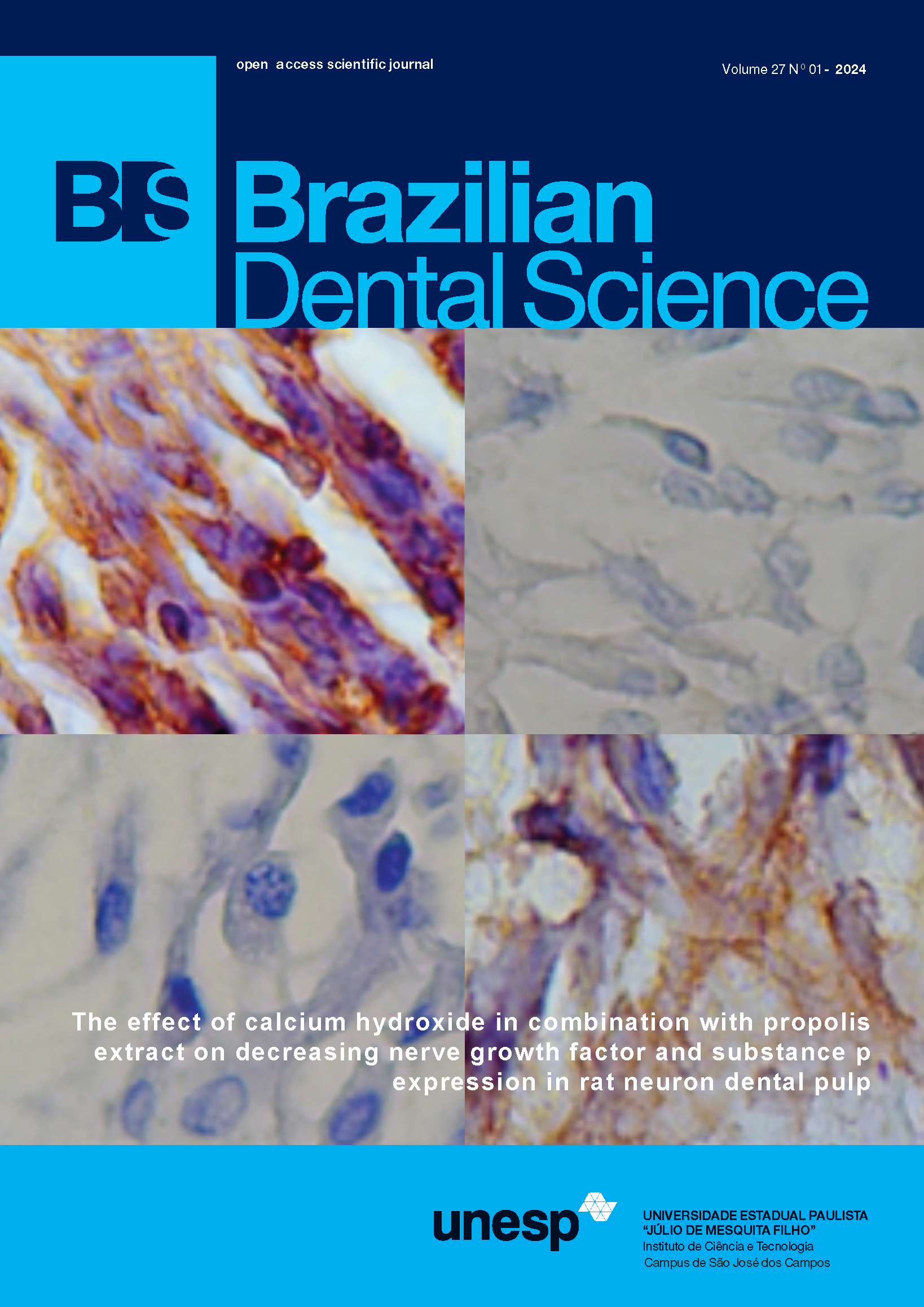Translation and cultural adaptation of the Children’s Experiences of Dental Anxiety Measure (CEDAM) to Brazilian Portuguese
DOI:
https://doi.org/10.4322/bds.2024.e4177Abstract
Objective: The Children’s Experiences of Dental Anxiety Measure (CEDAM) was originally developed in English to assess important aspects of dental anxiety for children. The aims of the study were to translate and perform the cultural adaptation of the CEDAM to Brazilian Portuguese. Material and Methods: The CEDAM consists of 14 items, measured by a Likert scale of 3 points, that indicates the intensity of dental anxiety. The questionnaire was translated to Brazilian Portuguese, back-translated to English, reviewed by an Expert Committee and pretested in 10 eight- to twelve-year-old schoolchildren. Results: The Expert Committee Review compared the original, translated (T1, T2) and back-translated (BT1, BT2) versions and recommended some changes in order to achieve good understanding of the items. In the pretest, only question 8 was misunderstood by one child, i.e., the translated version was wellunderstood by more than 85% of the participants. Conclusion: The Brazilian CEDAM was culturally adapted for the evaluated population of children.
KEYWORDS
Child; Dental anxiety; Pediatric dentistry; Surveys and questionnaires; Translating.
Downloads
Published
How to Cite
Issue
Section
License
Brazilian Dental Science uses the Creative Commons (CC-BY 4.0) license, thus preserving the integrity of articles in an open access environment. The journal allows the author to retain publishing rights without restrictions.
=================




























